Jewelry-laden woman was buried 1,600 years ago. Her astonishing burial was just found
Sometime during the fourth century, a woman died and was buried in what is now known as northern France.
Now, more than 1,600 years after her burial, the woman’s grave has been unearthed — including her ornate jewelry.
Archaeologists discovered the grave during an excavation project during 2019 and 2020 in the communes of Méaulte and Bécordel-Bécourt, according to a March 12 news release from the Institut national de recherches archéologiques préventives (INRAP).
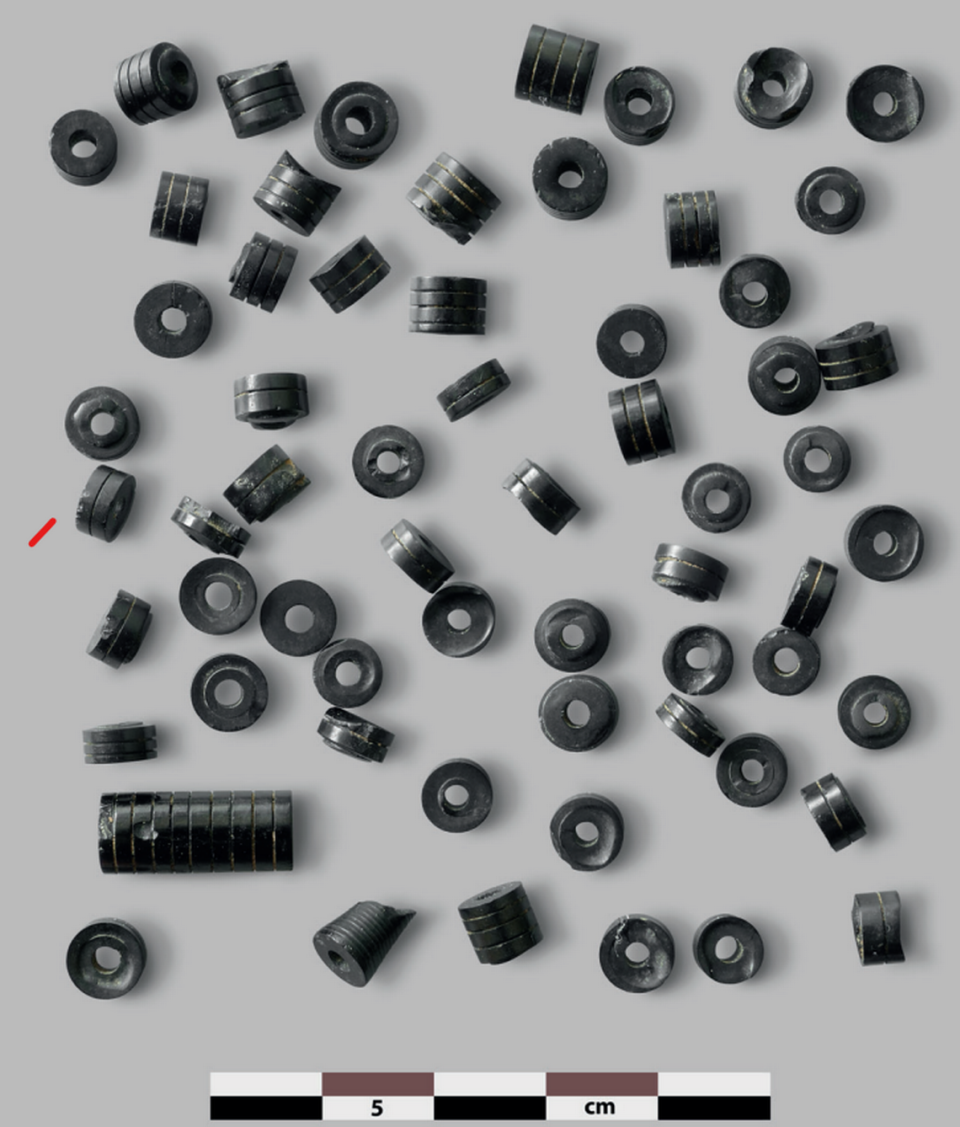
Uncover more archaeological finds
What are we learning about the past? Here are three of our most eye-catching archaeology stories from the past week.
→ Emerald green artifact 'ignored' for 80 years was 'rare' 500-year-old find
→ 2,400-year-old underground discovery stumped experts for decades — until now
→ Stone sarcophagi went unopened for 600 years — until now. See what was found inside
The ancient burial was found in the courtyard of a Roman farm that was established in the first century, researchers said. It was buried beneath layers of rubbish.
Burials from this era are not rare to find, but they are usually found in small necropolises, including 10 to 15 tombs at the edge of a site. This burial was unusual in that it was an isolated grave, experts said.
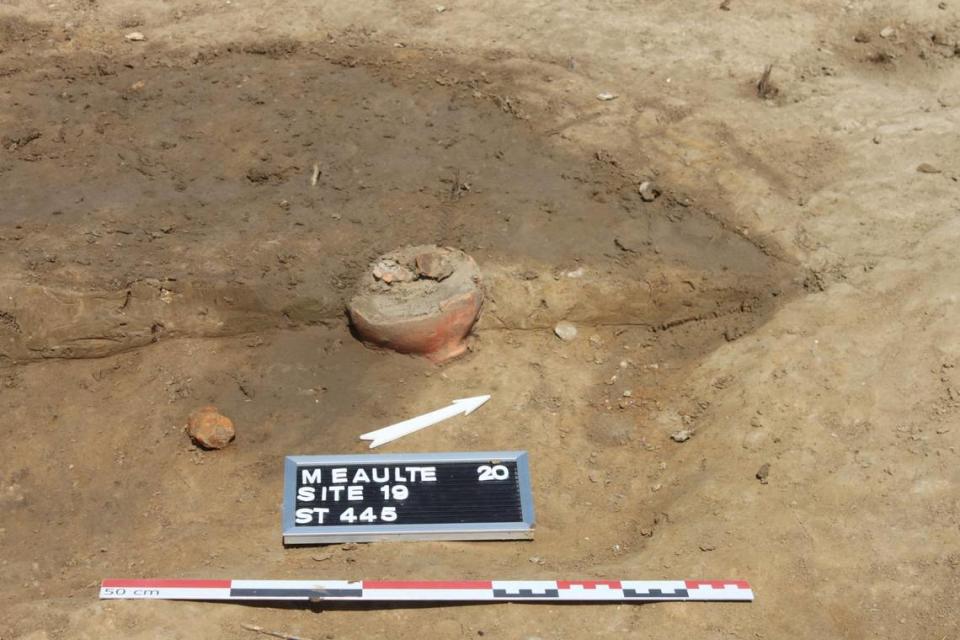
The woman was buried in a wooden coffin, and archaeologists found evidence of nails at the site. She was wearing a necklace of glass beads as well as two bracelets on her left arm — one made of twisted jet, the other made of bronze — and a ring.
There was also a vase at the bottom of her feet.
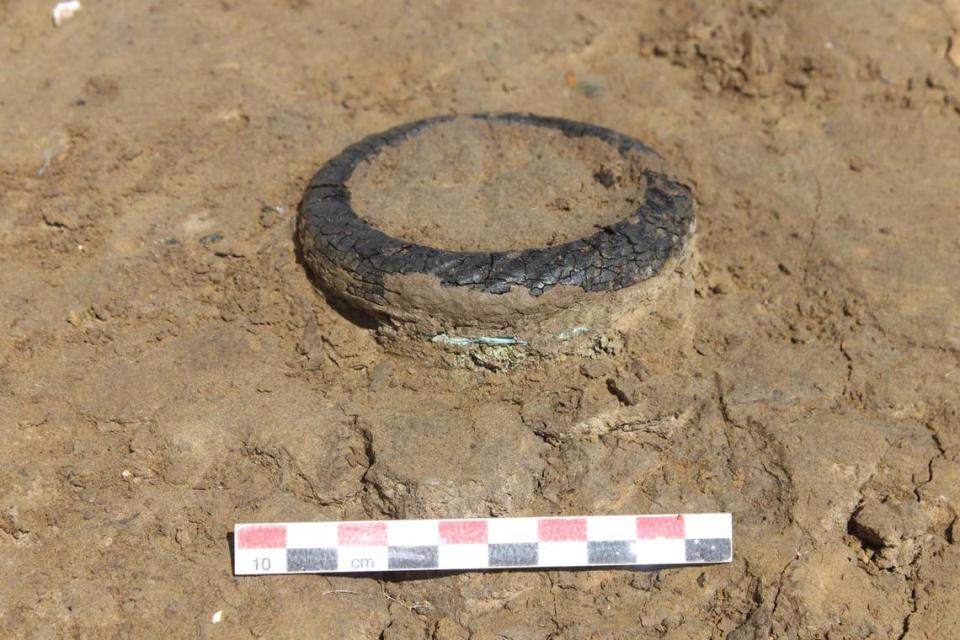
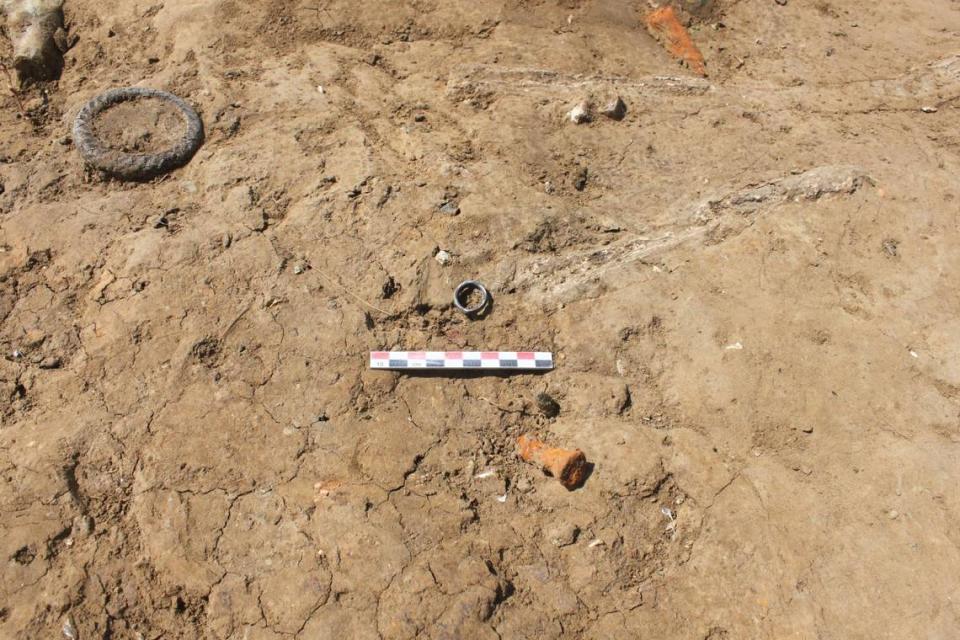
Archaeologists also found evidence of a moat, barns, dumping areas, grazing areas, a masonry cellar and multiple culinary ovens in the farm’s ruins. One of the ovens was in the courtyard, near a structure used to create charcoal.
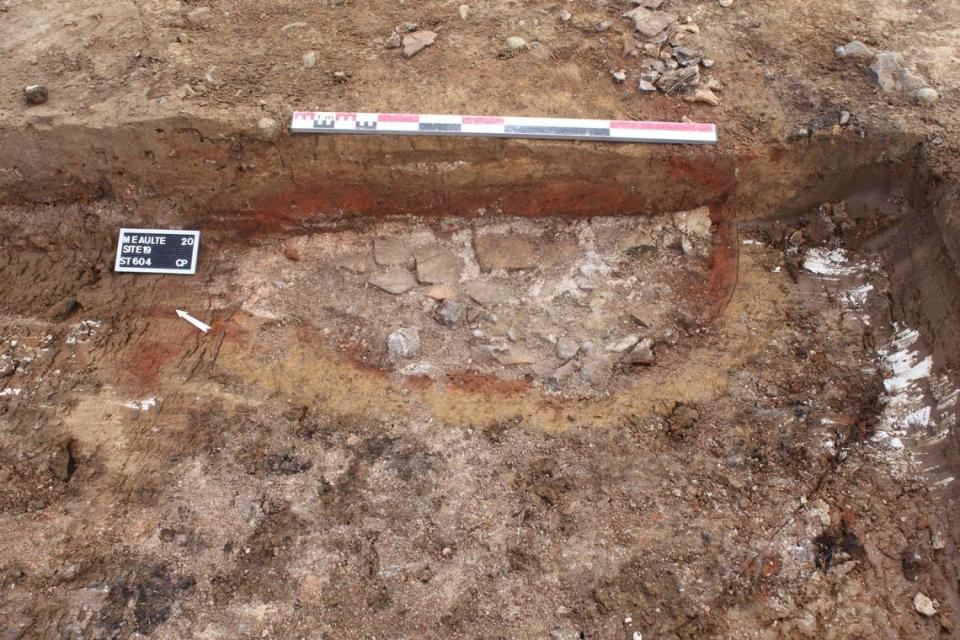
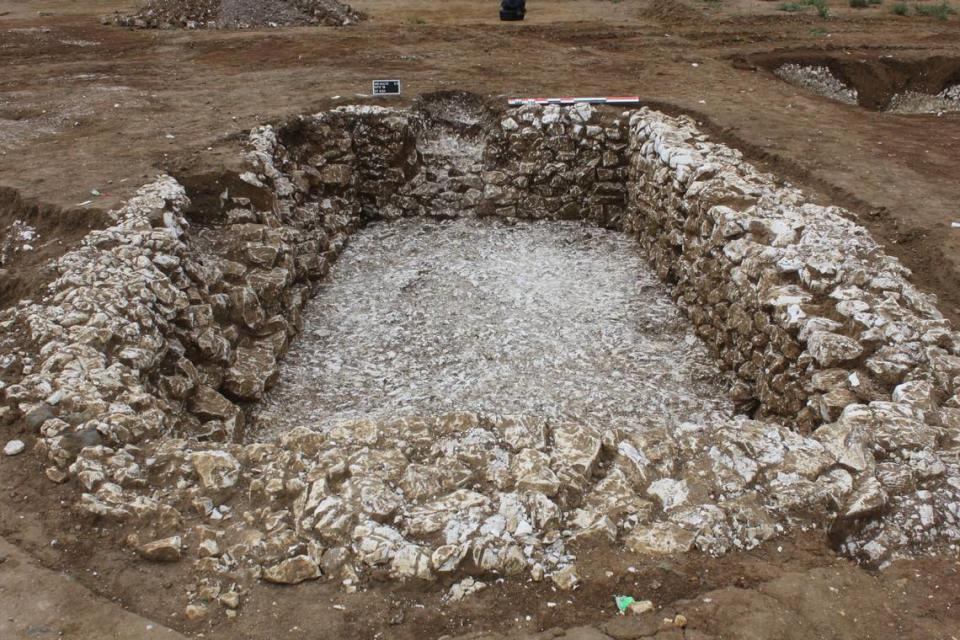
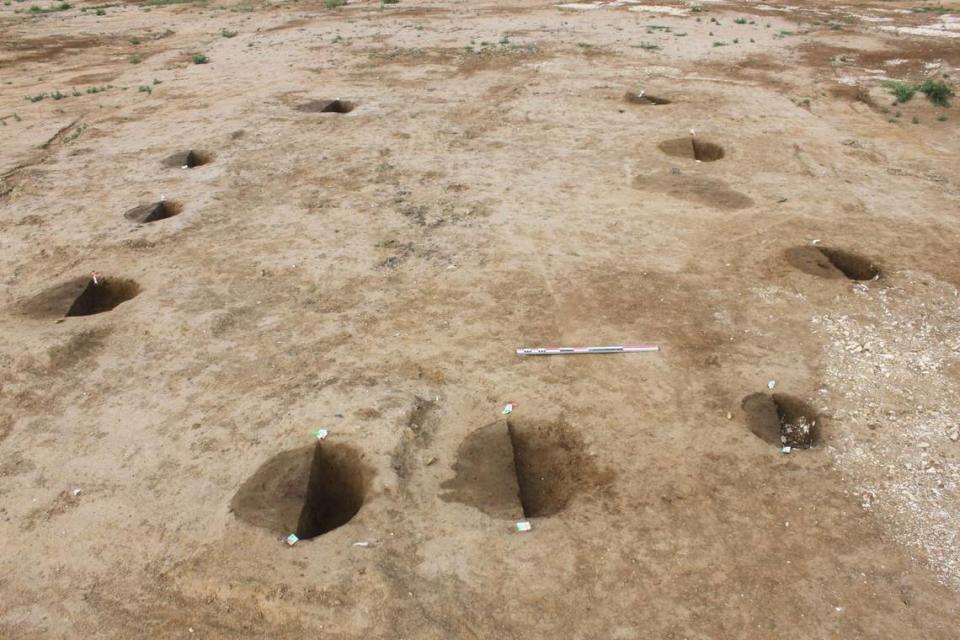
More unusual and surprising discoveries
The excavations uncovered other unusual discoveries, too, including ruins from the late Neolithic era, the Bronze Age and the Iron Age.
Among their finds, experts identified a collection of loom weights, which were used to hold tension on looms. They also found rare artifacts that are only comparable to discoveries from England — suggesting trade and connections across what is now known as the English Channel.
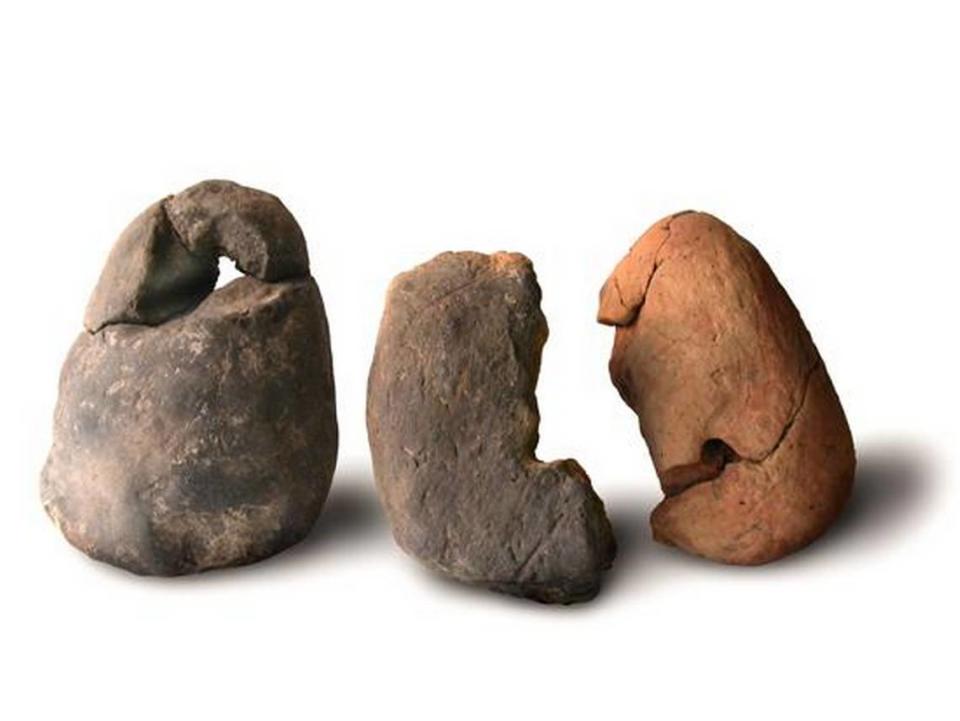
Nearly 200 feet west of these discoveries, researchers found a funerary monument measuring about 30 feet wide. The approximately 2,000-year-old necropolis includes six tombs holding cremation graves dug into chalk. Vases and animal offerings were found among the graves.
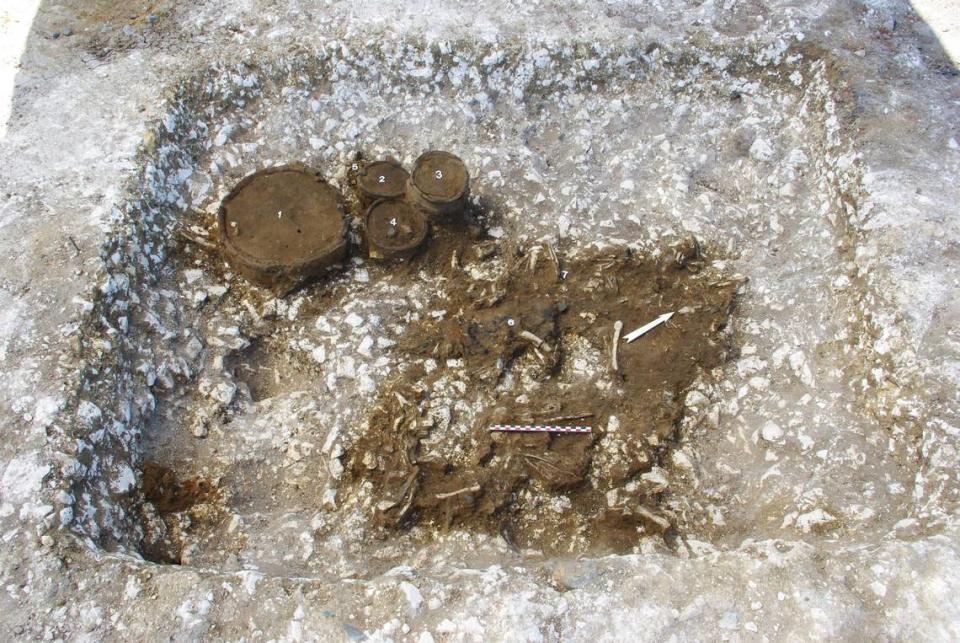
A Roman potter’s kiln dating to between the end of the first century and the second century was found, too, according to officials. It was found among the Neolithic and Bronze Age finds.
Researchers said they were surprised to find the kiln.
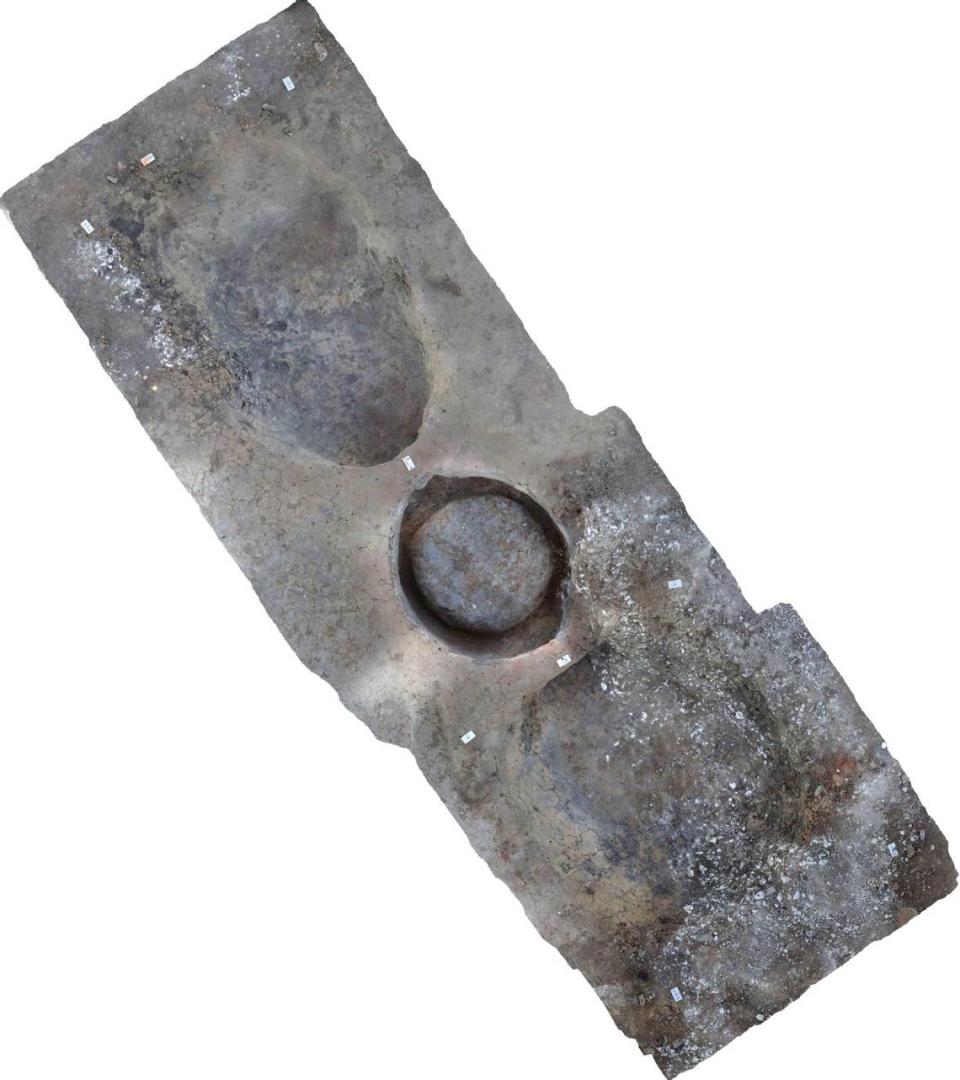
The kiln is surrounded by ditches and includes a simple oven dug into the silt, which is connected to two working pits, archaeologists said. Vases and shards of various ceramics were found in the pits.
Experts said the kiln would have been used for the production of common ceramics.
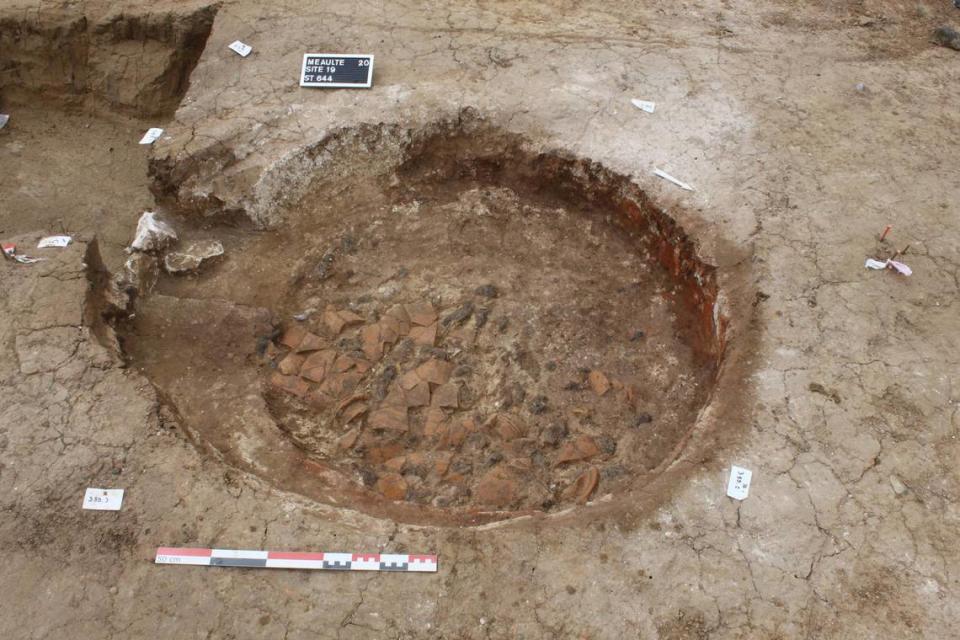
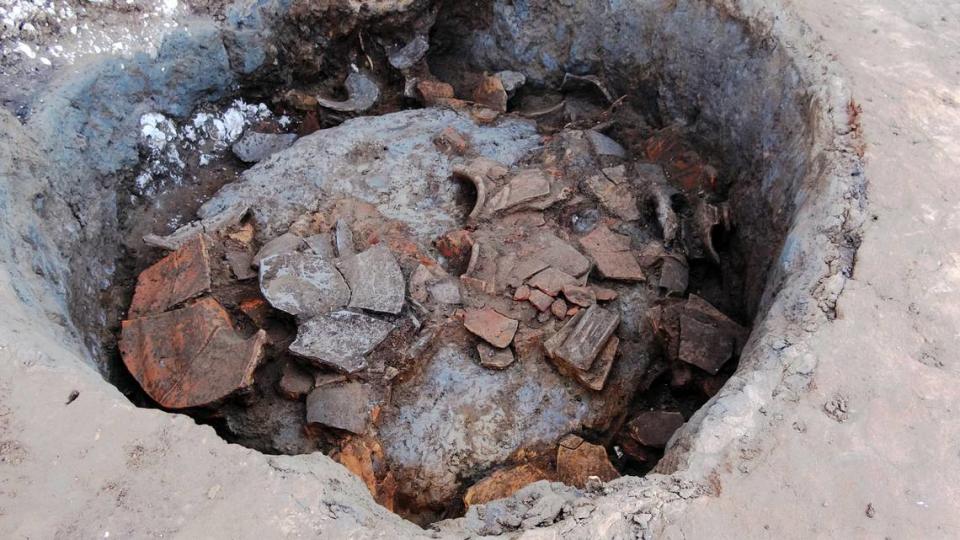
A World War I military camp
Several buried houses from a World War I military camp were also unearthed during the excavations, experts said. Archives refer to the rest camp, which was positioned behind the front lines near an airfield.
Archaeologists found adjoining pits that were used as dumps as well as traces of wooden structures that may have been used as bathrooms.
Shell casings and canteens were also unearthed from the site, officials said.
Google Translate was used to translate a news release from INRAP.
700-year-old church — teeming with rare religious artifacts — discovered. See finds
Construction worker digs up ‘big stone.’ It was a ‘mysterious’ 1,800-year-old statue
Highway work reveals ‘luxurious’ Roman artifacts. See the nearly 2,000-year-old finds

